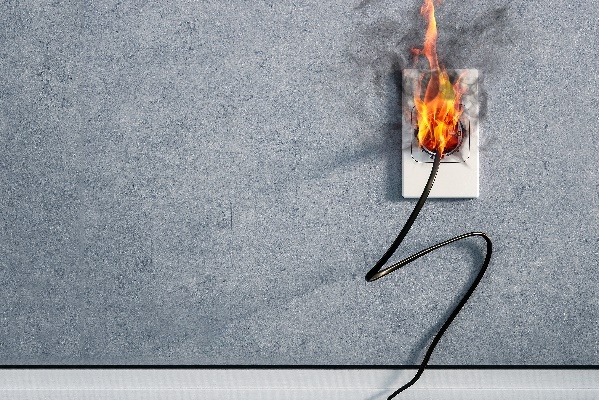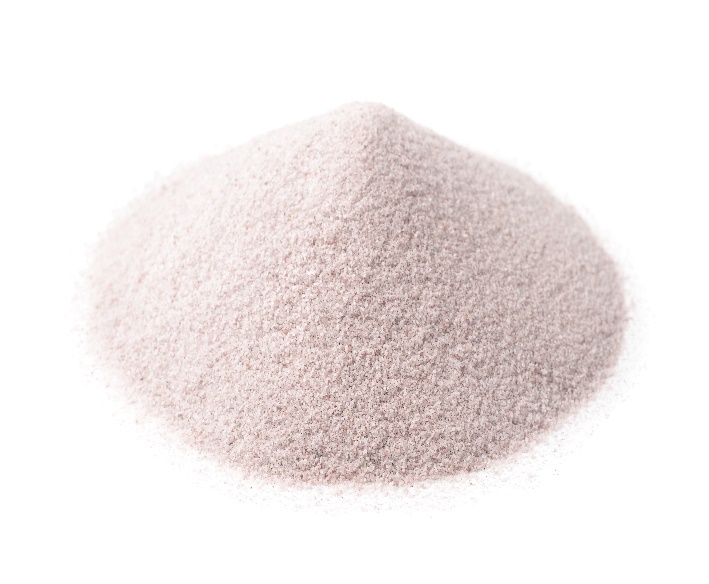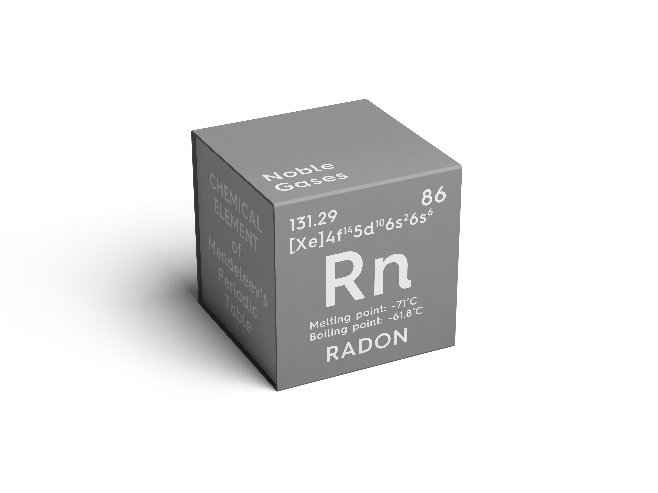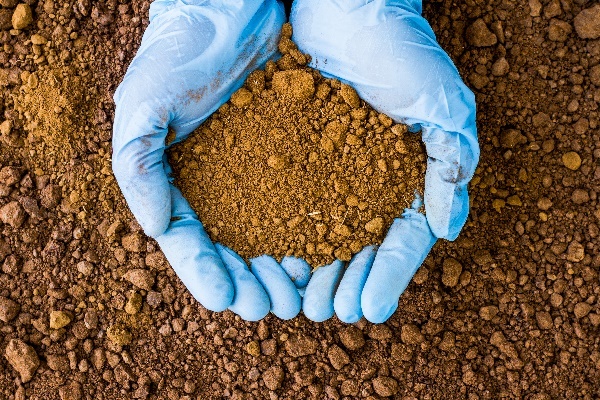
Industry Leading Services
FIRE RESIDUE TESTING
Fires can leave behind a residue commonly referred to as “Soot, Char and Ash”. This residue is caused by organic materials being burnt from a fire, whether that fire be a campfire, fireplace, house fire, wildfire, or others like these. Soot, Char and Ash can contain odors, VOC’s (Volatile Organic Compounds), metals and biological contaminates.
Contamination from fire residue in a publicly occupied building or residence can be a health hazard and should be addressed before re-occupancy. There are protocols for cleaning properties that have been impacted by fires along with testing to ensure the property is safe for re-occupancy.
RegasGroup Environmental Consultants provides testing for Fire Residue in residential and commercial properties. RegasGroup tests utilizing air and surface samples. A scope-of-work and clearance sampling can be performed once the affected area has been cleaned and sanitized. Please contact RegasGroup with any questions you may have regarding your fire residue project.


SILICA TESTING
Silica (Silicon Dioxide, SiO2), is one of the most commonly found, naturally occurring elements on the planet. Silica can be found in most rocks, especially sand and clay. Silicon dioxide can be found in the form of crystalline elements (such as sand and quartz), as well as non-crystalline or amorphous structures. It is present to varying degrees in most rock, sand, and clays. It is known that sandstone contains a high proportion of silica (approximately 70%), whereas harder rock, like granite, contains around 15-30% of the compound.
Because of its presence in the earth’s crust, silica makes up a large proportion of all building materials. Silica can be found in materials such as asphalt, brick, cement, concrete, drywall, grout, mortar, stone, sand, and tile. Ordinary construction tasks can disturb the mineral, such as blasting, chipping, drilling, grinding, and cutting can create extremely fine particles known as respirable crystalline silica, which can easily enter your lungs. This is particularly hazardous to construction workers or anyone in the area who could potentially breathe in the material. Due to its small size, silica dust can enter deep within the lungs. In addition to this, it is usually too small to see under normal lighting, making it even more dangerous.
Respirable Crystalline Silica is regulated by OSHA for the purpose of protecting workers that work with products that contain silica. OSHA has a list of work activities and exposure limits available on their website. Any activity unlisted will need an exposure limit performed.
RegasGroup Environmental Consultants provides testing of residential and commercial buildings for silica as well as exposure sampling. Please contact RegasGroup with any questions you may have regarding your silica project


RADON TESTING
Radon is a naturally occurring radioactive gas that can cause lung cancer. Radon gas is inert, colorless, and odorless. Radon is naturally in the atmosphere in trace amounts. Outdoors, radon disperses rapidly and, generally, is not a health issue. Most radon exposure occurs inside homes, schools, and workplaces. Radon gas becomes trapped indoors after it enters buildings through cracks and other holes in the foundation. Indoor radon can be controlled and managed with proven, cost-effective techniques.
Breathing radon over time increases your risk of lung cancer. Radon is the second leading cause of lung cancer in the United States. Nationally, the EPA estimates that about 21,000 people die each year from radon-related lung cancer. Only smoking causes more lung cancer deaths.
You can take steps to reduce and control the amount of radon in your home. Testing is the only way to determine radon levels and if radon levels are high, contact a certified radon service professional to fix your home. EPA guidance suggests mitigating if levels are at or above 148 Becquerel/meter3 (4 picocuries/liter). Usually, radon problems are fixed using an underground ventilation system or by increasing the rate of air changes in the building.
RegasGroup Environmental Consultants provides testing of residential and commercial buildings for Radon. Please contact RegasGroup with any questions you may have regarding your radon project.


VOLATILE ORGANIC COMPOUNDS (VOC) TESTING
Volatile Organic Compounds (VOC) refers to certain gases and chemicals released from various sources. Indoor volatile organic compounds are carbon-containing organic chemicals present in indoor air. They come from many indoor sources including building materials, furnishings, consumer products, tobacco smoking, people and their activities, and indoor chemical reactions. Pollutants from attached buildings such as garages may also enter indoor living spaces. Outdoor air is also a source of indoor VOCs. Indoor air typically contains many VOCs, but most are present at low concentrations. Formaldehyde is one of the most common indoor VOCs. VOCs may be odorous, and some VOCs are known or suspected to cause a variety of adverse health effects.
Taking simple yet effective precautions can help alleviate the effects of exposure to VOC’s such as increasing ventilation, throw away un-used or little used container safely, use household products according to manufacturer’s directions and never mis household care products unless directed on the label- to name a few.
While there are no federally enforceable standards for VOC’s in non-industrial settings, there are still guidelines and recommendations set by various organizations for formaldehyde concentrations.
RegasGroup Environmental Consultants provides testing of residential and commercial buildings for VOC’s. Please contact RegasGroup with any questions you may have regarding your VOC project.
Industry Leading Difference
RegasGroup has changed the industry by providing same day inspections to keep your project moving forward. Call today to speak with an environmental consultant that can help answer your questions and get your job scheduled on your timeline.
Our same day results will give you one less thing to worry about. Utilizing our in-house NVLAP accredited lab MicroTest, RegasGroup is able to deliver same day results with peace of mind!
In order to move forward with your project, a full and concise report is imperative. RegasGroup will provide you with a detailed report ensuring you have the proper documentation to keep your project moving forward.
Utilizing laboratory trained and proficient environmental consultants, RegasGroup performs on-site clearances and post abatement verification for asbestos abatement. This allows for the abatement process to be completed in a timelier manner, allowing you or your contractor to access the site to start repairs immediately.

